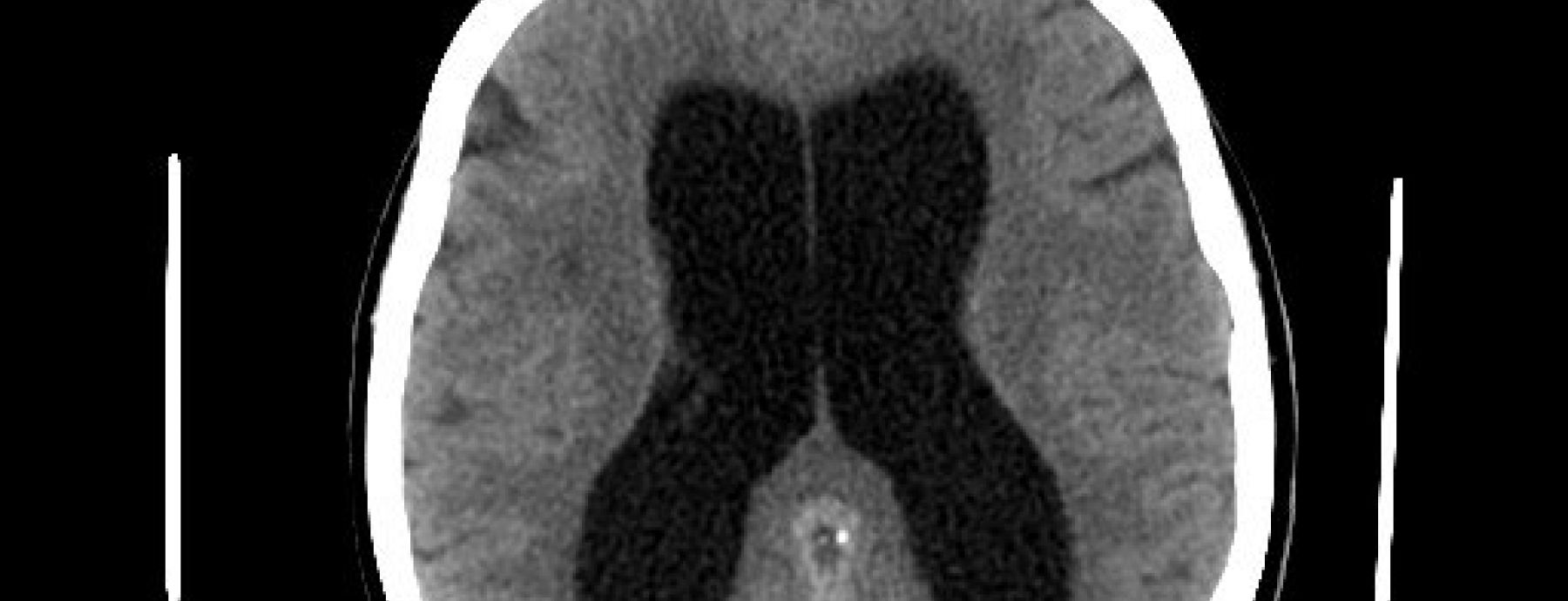Hydrocephalus is a buildup of fluid around the brain that can cause severe damage if left untreated. This condition is the most common neurological disorder in children requiring surgery and can be caused by various factors such as genetics, injury or infection. In sub-Saharan Africa, hydrocephalus is most commonly a result of infection early during infancy
CIDD Professor and Director of the Penn State Center for Neural Engineering, Dr. Steven Schiff, along with collaborators from George Mason University and Harvard Medical School, studied the correlation between rainfall in East Africa and childhood hydrocephalus. Using satellite-derived climate data on rainfall in Uganda during a six year time period, these scientists were able to overlay data collected regarding the cases of infection-induced hydrocephalus. Their study found that the illness leading to hydrocephalus appeared more prevalent before and after the two major rainy seasons, indicating a correlation between rainfall and hydrocephalus in children. Whether this reflects a predilection for infection at intermediate levels of moisture in the environment, represents quenching by peak rainfall, or a combination of both, remains unclear. Nevertheless, such peak-straddling patterns of infection are also seen in Cholera transmission in India and Bangladesh in relation to seasonal monsoons. Since hydrocephalus carries significant morbidity and mortality, prevention is key, either through more effective treatment or prevention of neonatal sepsis. Additionally, surgical intervention is very expensive and often sought late after the onset of hydrocephalus when damage to the brain has already occurred. Therefore, understanding the factors, in this case being rainfall, that play a role in the infections that lead to hydrocephalus is vital for the development of methods to prevent this condition.
Written By: Schiff SJ, Ranjeva SL, Sauer TD, & Warf BC
Paper Url: http://thejns.org/doi/full/10.3171/2012.5.PEDS11557
Paper Id: 10.3171/2012.5.PEDS11557.
